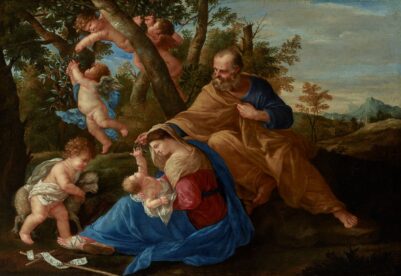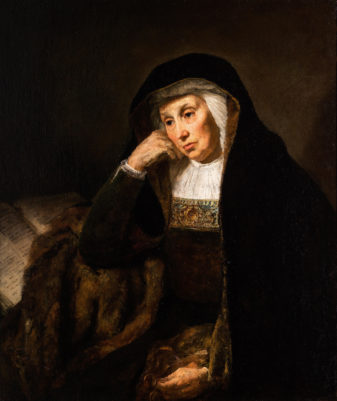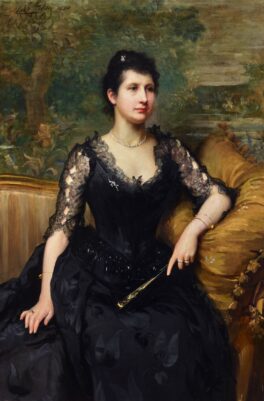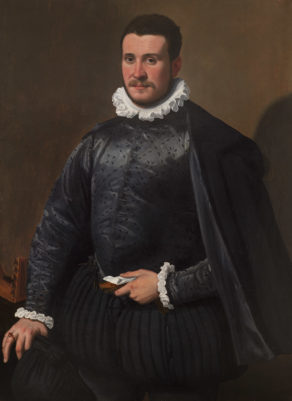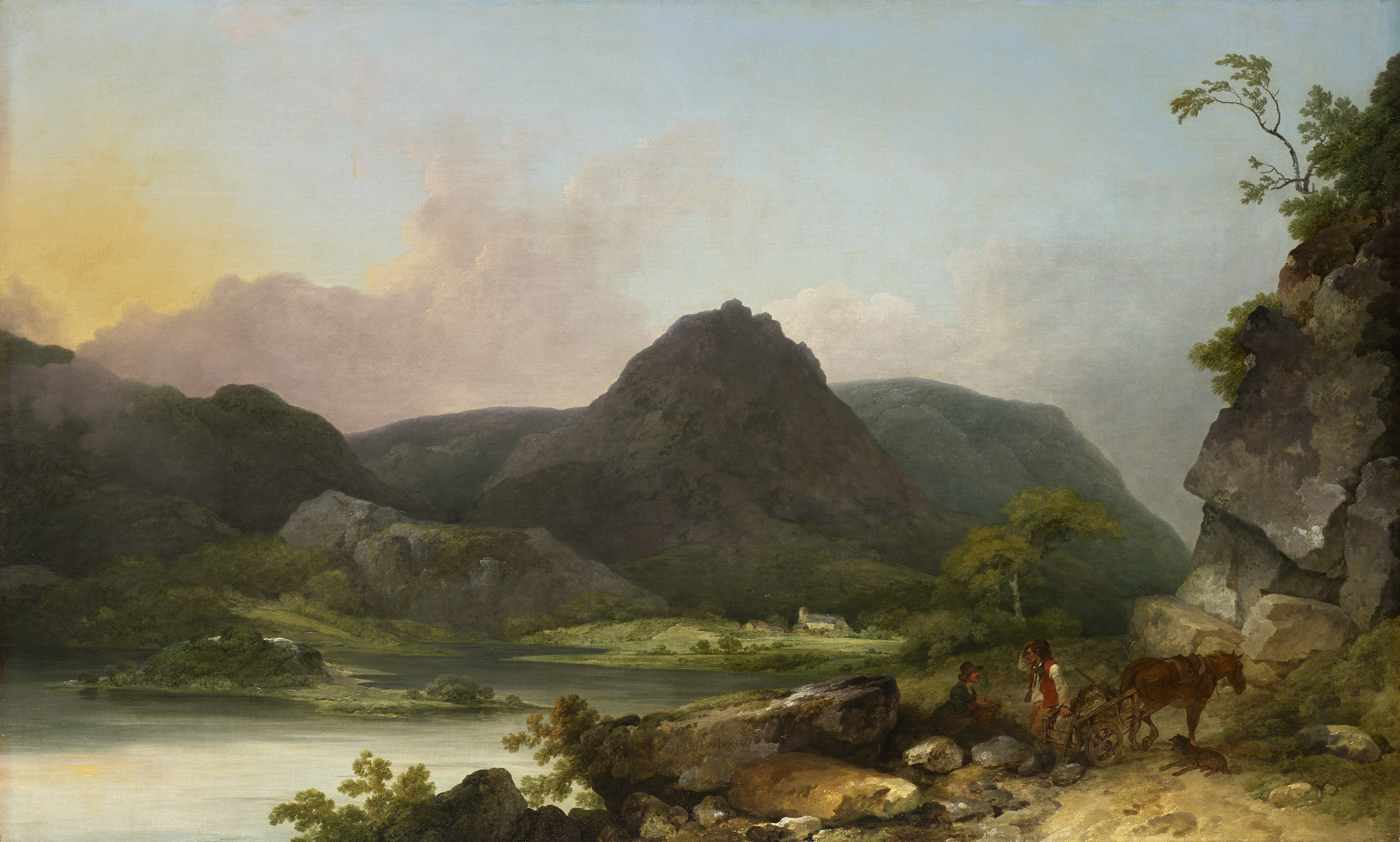
Philippe Jacques de Loutherbourg
View of the Lake District
Provenance:
Private collection; sale, Christie’s Paris, 14 September 2016, lot. 59, when acquired by the present owner.
Catalogue Entry

Fig. 1. Thomas Gainsborough, Portrait of Philippe Jacques de Loutherbourg, oil on canvas, 76.5 x 63.2 cm., c.1777-78, Dulwich Picture Gallery, London.
Philippe Jacques de Loutherbourg, also known with the English name of Philip James de Loutherbourg, was a Franco-English painter, who specialised in the production of landscape painting. Born in Strasbourg in 1740, de Loutherbourg trained in Paris in the workshop of Francesco Giuseppe Casanova (1727-1802) – the brother of the famous Venetian adventurer Giacomo Girolamo Casanova – who introduced him to the study of Dutch and Flemish landscape painting. De Loutherbourg soon made his way into the Parisian art scene, being acclaimed by Denis Diderot as a “prodigious talent”1 at the 1763 Salon. After being elected a member of the French Academy in 1767 and reaching the peak of his success in Paris, in 1771, de Loutherbourg moved to London, where he started working as a set and costume designer at the Drury Lane Theatre. Simultaneously, he continued his career as a painter, befriending some of the most important artistic personalities of his time, such as Thomas Gainsborough, who painted the artist’s portrait in 1778 (Dulwich Picture Gallery, London, Fig. 1). Being elected to the London Royal Academy of Art ten years after his arrival in the city, de Loutherbourg was one of the few painters of his time to have been a member of the two most important academies in Europe.2
The present work is an admirable example of de Loutherbourg’s ability as a landscape painter, revealing his skill in depicting natural beauty on a large scale. The painting shows an enchanting view of a tranquil mountainous landscape with a lake. An array of colours – lavender, turquoise, rose and yellow – fills the sky as the sun sets. A church and two dwellings at the feet of a mountain suggest the presence of man in an apparently untouched nature. On the right, along a rocky pathway, two figures appear. A young lady sits on a rock, holding a bag on her lap and looking up at a young man. This has stopped his horse-drawn cart along the way, greeting the woman by taking his hat off. To the right, a dog rests on the ground. In the lower centre of the composition, the artist’s signature and date of execution appear on a rock.
Together with Thomas Gainsborough, de Loutherbourg was one of the first painters in England to explore the most remote parts of the country, such as the Derbyshire, Westmoreland and Cumberland regions, in search for the so-called “Picturesque.”3 Despite being used in the country as early as 1703, the term was first defined by William Gilpin in his Essay upon Prints as “a term expressive of that peculiar kind of beauty, which is agreeable in a picture.”4 Gilpin encouraged artists to seek for that quality of the natural landscape, which could be illustrated in a painting. The aesthetic ideal of the Picturesque combined the harmonic and the classical with the grandiose and the terrifying, i.e. the sublime, along with a certain degree of roughness and irregularity of form, colour and lighting.5 Artists such as de Loutherbourg, adventuring into the English countryside to look for the scenic pleasure of unexplored territories, encouraged local travel within Britain and inaugurated its tourist industry. The “Picturesque Tour,” whose fame spread through literary works, such as James Boswell’s The Journal of a Tour to the Hebrides (1785) and Gilpin’s books on the subject, became a sought-after alternative to the aristocratic Grand Tour.6 In the 1790s, following in the footsteps of artists such as de Loutherbourg, the young William Turner appropriated the conventions of the Picturesque in his landscapes, namely Picturesque Composition with a Distant View of Tours from the North East (c. 1796, Tate Britain, London) and The Old Mill, Ambleside (1798, Walker Art Gallery, Liverpool).7
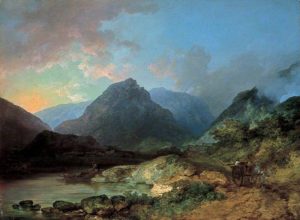
Fig. 2. Philippe Jacques de Loutherbourg, View of the Lake District, oil on canvas, 56.5 x 86 cm., 1785, Leeds Art Gallery, Leeds.
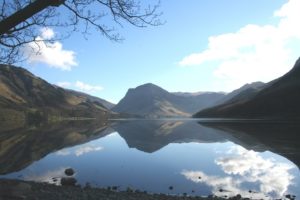
Fig. 3. View of the Buttermere lake, Lake District, United Kingdom.
One of the first places to be explored by artists in search for the Picturesque was the Lake District, a mountainous region in North West England. De Loutherbourg travelled across the area several times between 1784 and 1788, fascinated by the same mountains and lakes, which, a few years later, inspired many of Wordsworth’s poems, including his famous I Wandered Lonely as a Cloud. At the time de Loutherbourg painted the View of the Lake District, he had already treated the subject on several occasions. Particularly, the present work can be closely compared to a landscape, which the artist painted in 1785 (Leeds Art Gallery, Leeds, Fig. 2). Considering that the two works share the same viewpoint on the same landscape, it is likely that de Loutherbourg painted a real place in the Lake District region, possibly a view of Buttermere lake (Fig. 3).
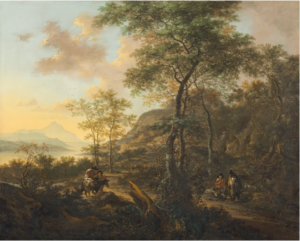
Fig. 4. Jan Both, An Italianate Evening Landscape, oil on canvas, 138.5 x 172.7 cm., c. 1650, National Gallery of Art, Washington, D.C.
Despite both scenes appear to be set at sunset, their main difference resides in the diverse rendering and colouring of the sky. De Loutherbourg used to often repeat similar compositions to experiment with light effects, which often appear as the real subject of his landscapes. In these two paintings, de Loutherbourg played with the reflections of light on the clouds and the lake’s calm waters. The artist’s ability to skilfully render the sky’s changing hues derived from his thorough knowledge of Italian, Dutch and French painters of the previous century, such as Claude and Salvator Rosa. Although the subject of the present work was based on an actual place, its charming, luminous colours do not derive from a direct observation of nature. Working primarily in the studio, de Loutherbourg merged different elements into the same picture, combining sites of the British countryside with the Italianate skies he found in the works of Nicolaes Berchem (1620-1683), Jan Both (1618-1652) or Adam Pynacher (c.1620-1673), which he had first encountered when studying with Casanova (Fig. 4). The present work seems to echo Gilpin’s teaching that “nature gives us the material of landscape: woods, rivers, trees, lakes, ground, and mountains; but leaves us to work them up into pictures, as our fancy leads…”8 As observed by the critics of his time, by combining real and imaginary elements in his works, de Loutherbourg was capable of giving the English landscape “more strength than the original that produced it.”9 From Dutch and French painting, the artist also derived the decorative small figures inhabiting his landscapes. In the present work, de Loutherbourg dressed the two peasants in contemporary outfits, thus setting the scene in his own time. Their slightly caricatural style is distinctive of the painter’s production of the mid-late 1780s.10
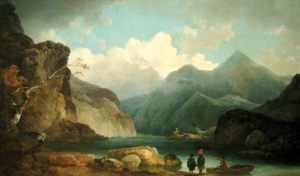
Fig. 5. Philippe Jacques de Loutherbourg, Vue de Snowdon depuis le lac de Llanberis, oil on canvas, 89 x 148 cm., Musée des Beaux Arts, Strasbourg.
In the same year he executed the View of the Lake District, de Loutherbourg also painted Vue de Snowdon depuis le lac de Llanberis (Musée des Beaux Arts, Strasbourg, Fig. 5), which was exhibited at the 1787 Exhibition of the Royal Academy. Considering that the two canvases share the same dimensions, it is possible that they belonged to the same series or, as it has been suggested, they might have been pendants.11 De Loutherbourg often exhibited similar scenes at the Royal Academy shows. Views of the Lake District region alike the present one sanctioned de Loutherbourg’s success as a landscape painter in England. When he exhibited ten paintings of the subject at the Academy in 1784, he was widely acclaimed by the press, his pictures “eminently ranking him as the first landscape painter of his time.”12 Indeed, in View of the Lake District, de Loutherbourg succeeded in creating an image of an idyllic landscape, standing between reality and imagination, which still fascinates the viewer today as it did at the time it was painted.
1 Denis Diderot, 179. 2 For updated studies on Philippe Jacques de Loutherbourg see Olivier Lefeuvre, Philippe-Jacques de Loutherbourg, 1740-1812, (Paris: Arthena, 2012), and Loutherbourg (Strasbourg, 1740 – Londres, 1812). Tourments and Chimères, (Strasbourg: Musées de la Ville de Strasbourg, 2012). 3 Lefeuvre, Philippe-Jacques de Loutherbourg, 42. 4 William Gilpin, An Essay upon Prints, containing Remarks upon the Principles of Picturesque Beauty, (London, 1768), 2. 5 Christopher Hussey, The Picturesque: Studies in a Point of View, (London and New York: G.P. Putnam’s Sons, 1927), p. 16. 6 William Vaughan, British Painting. The Golden Age, (London: Thames and Hudson, 1999), 191. 7 For a detailed studies on William Turner approach to the Picturesque, see John Gage, ‘Turner and the Picturesque,’ in The Burlington Magazine, vol. 107, no. 742, Jan. 1965, 16-25. 8 William Gilpin, Three essays: on picturesque beauty, on picturesque travel, and on sketching landscape, with a poem on landscape painting, (London: T. Cadell and W. Davies, Strand, 1808), 159. 9 Royal Academy Exhibition, no. IV, Journal Inconnu, Press Cuttings of the Royal Academy Library and Archives, vol. I, fol. 114. 10 Lefeuvre, Philippe-Jacques de Loutherbourg, 262. 11 Tableaux 1400-1900, (Christie’s Paris, 2016), lot 59. 12 The Morning Chronicle, May 4, 1784.
